EVEN IN ULU KOTA BARU, I READ ABOUT JAMES AUDUBON WHEN I WAS A KID. I LOVE HIS DRAWINGS OF AVIANS AND SIMPLY ASSUME HE WAS THE ULTIMATE BIRD MAN.
Anyone with a modicum of taste and grey matter will go gaga over his perfectly realistic paintings of birds, artfully drawn in their natural habitat and in typical poses.
Original prints in bound books sell for millions of ringgit and well they should as they are true masterpieces, drawn skilfully and painted realistically in a time before photography was invented.
Many have heard of James Audubon and his bird pictures but few realise he also paints animals. Of course it is obvious his passion and love were birds but I guess anyone who loves nature cannot resist birds and bees, flora and fauna!
A fab fusion of fur and feathers!
John James Audubon:
Fur and Feather
John James Audubon is known for his remarkable studies of
American birds depicted in their natural habitats. His The Birds of North America
(1827-1839), in which he identified 25 new species and a number of new sub-species,
is considered to be one of the finest ornithological works ever completed. However, his studies of mammals are less
well-known. To complement The Compassionate Eye: Birds and Beasts from the American Museum’s
Print Collection, on view in the Exhibition Gallery from 10 March to 1 July 2012, the American Museum in Britain will
display twelve folio engravings by this great ornithologist, naturalist and
painter, in Claverton Manor at the start of the period room trail from 10 March to 28 October 2012.
John James Audubon’s exotic and often romanticised
life has been widely chronicled; searching ‘Audubon’ on the internet produces
over ten million hits. Born Jean-Jacques in Haiti France America to manage his father’s new estate, Mill
Grove, near Philadelphia France he finally settled in America
His earliest
studies of birds date back to 1804 but work for his epic The Birds of America demanded a more peripatetic way of life and in
1820 Audubon began his travels, supporting himself as a portrait painter and
drawing master. His aim was to represent
the authentic colours and detailed characteristics of each species life-size. He collected his own specimens, usually by
shooting them, in order to record the colours before they faded. Wiring the
birds in life-like positions, he transcribed their outlines as accurate pencil
drawings.
In 1824, Audubon took his portfolio to Philadelphia Philadelphia Britain
No less
significant for their artistic quality or zoological accuracy are the plates
from The Viviparous Quadrupeds of North
America (1845-48), a second marathon project begun in 1841. These were published in Philadelphia
John James Audubon changed forever the way in
which nature is illustrated. His
painstakingly executed, life-size images underscore his genius and confirm his
place as one of the great American artists of the 19th century.
Common American Wild Cat or Lynx

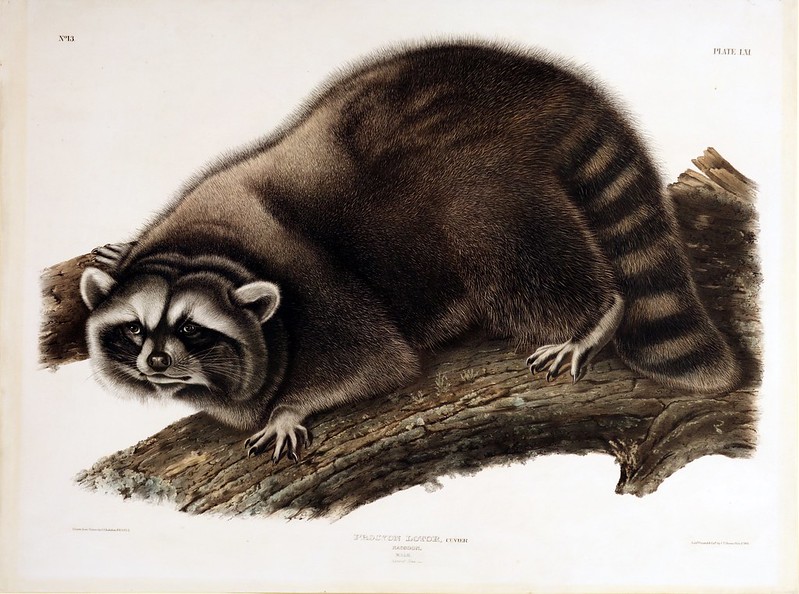

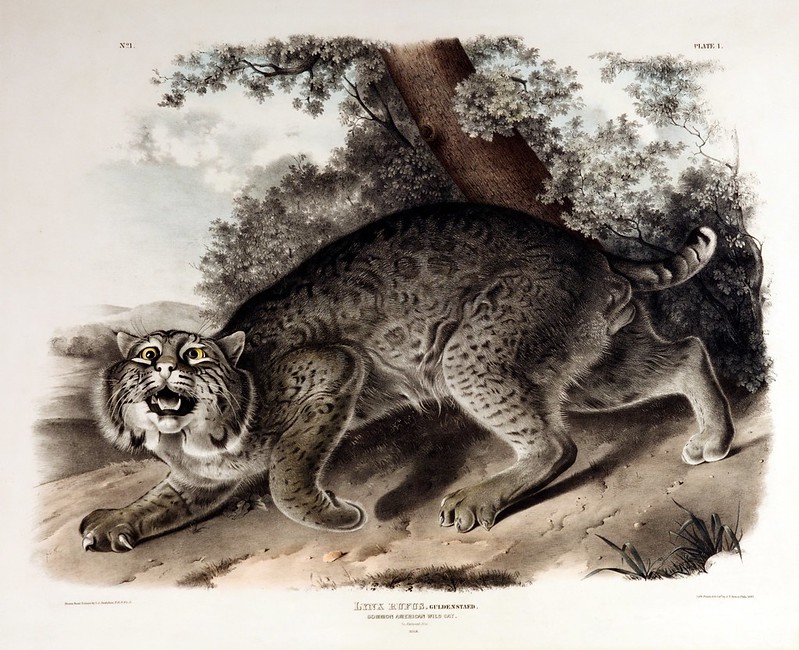
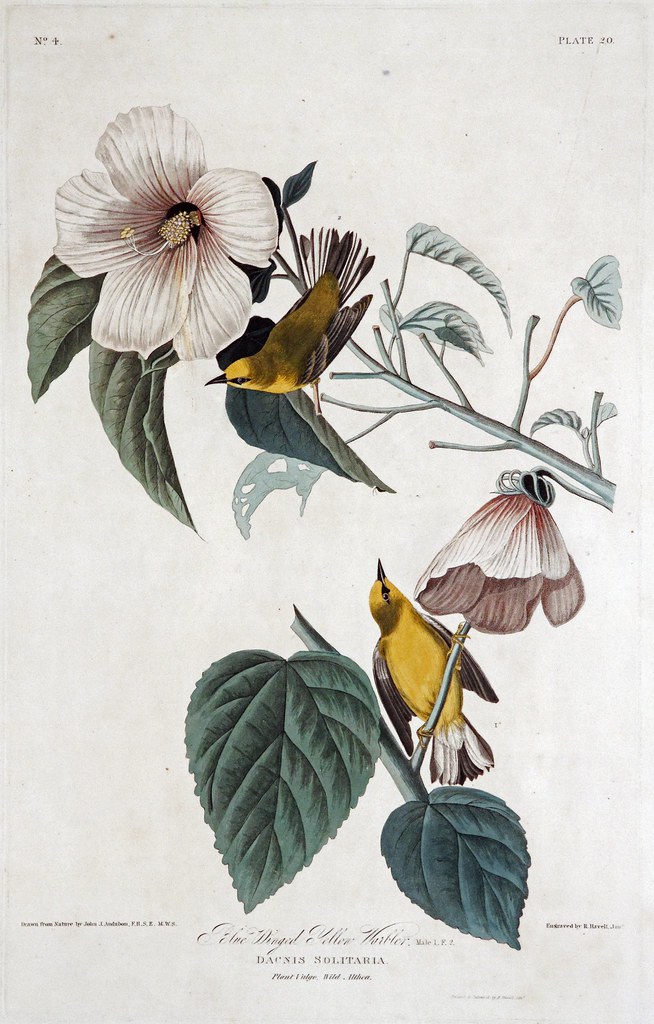

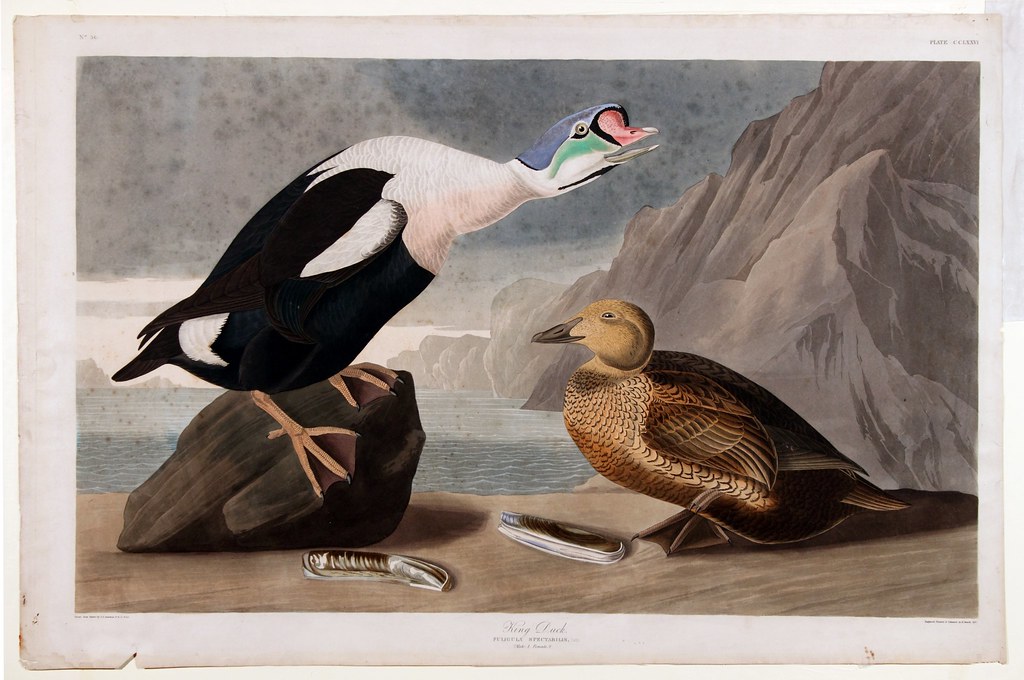
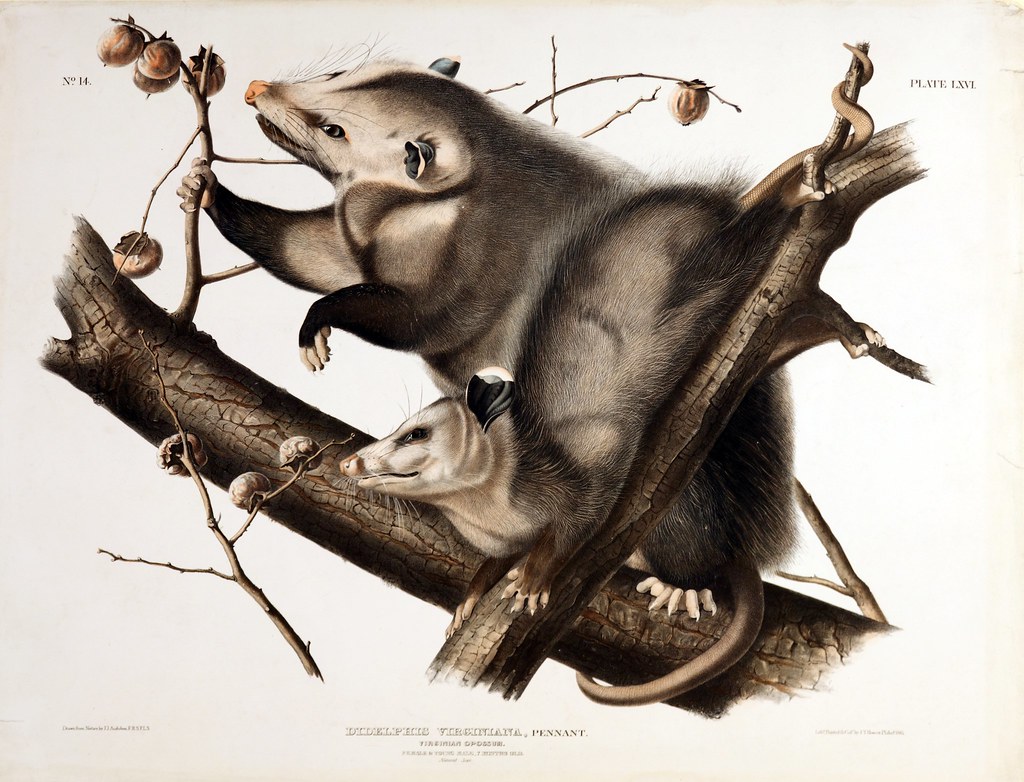
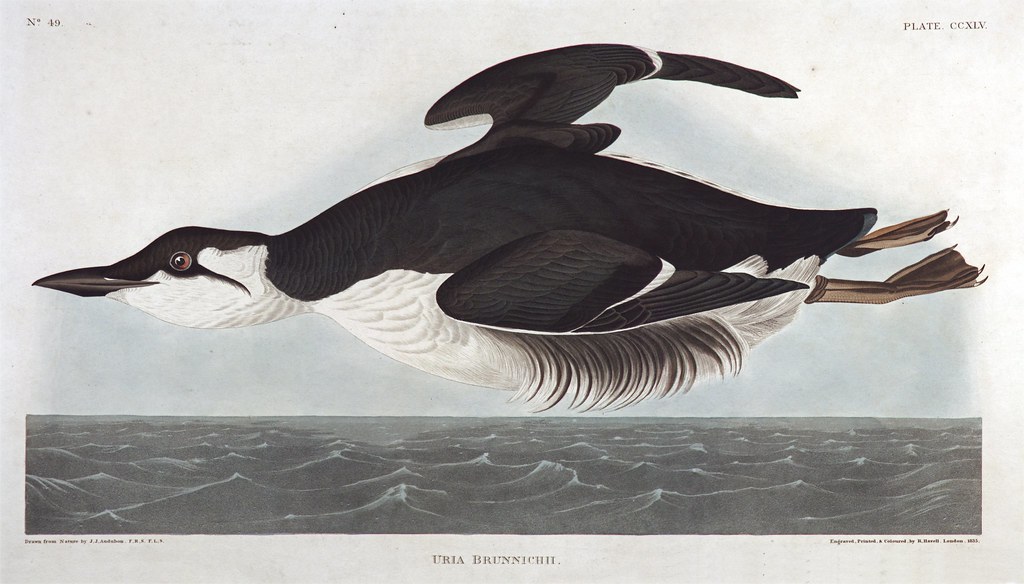
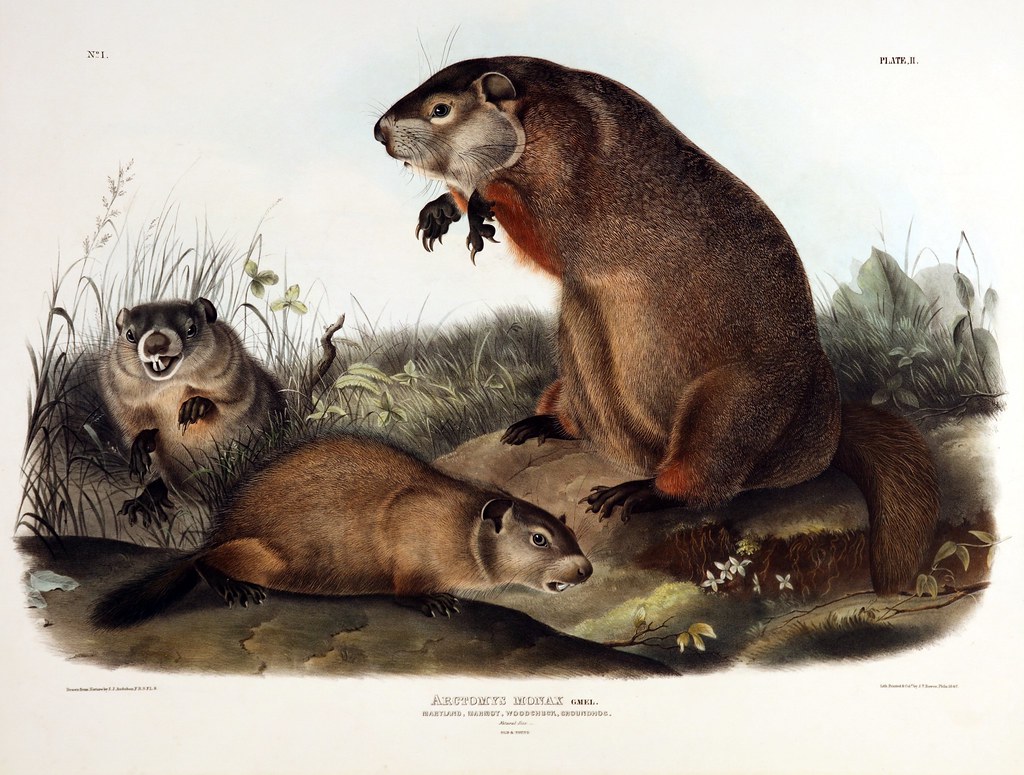
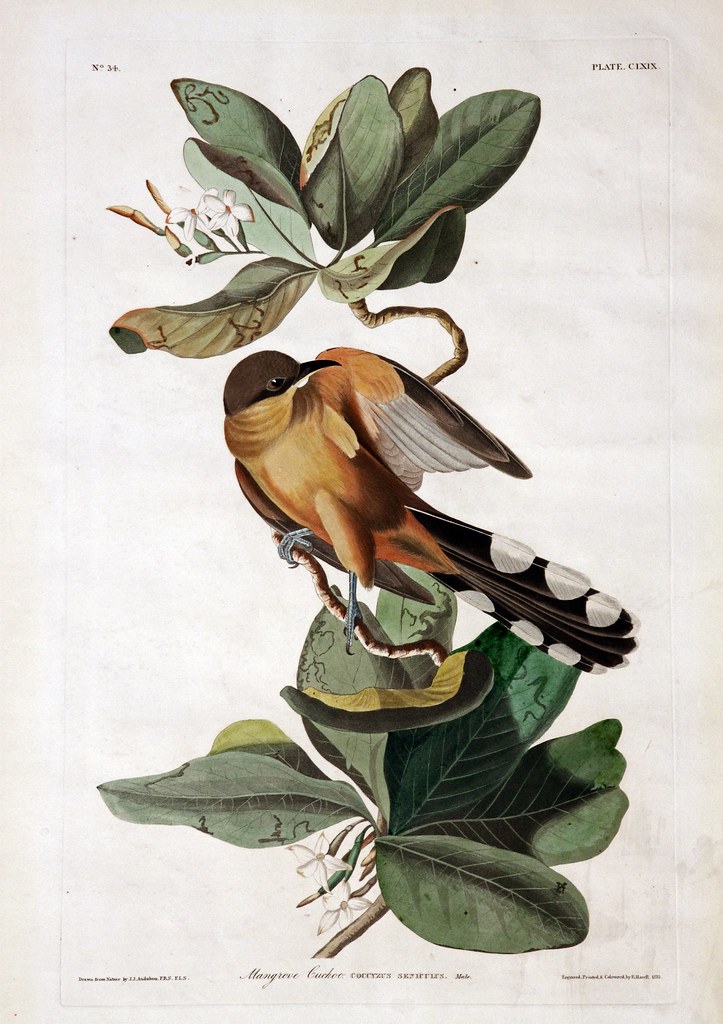
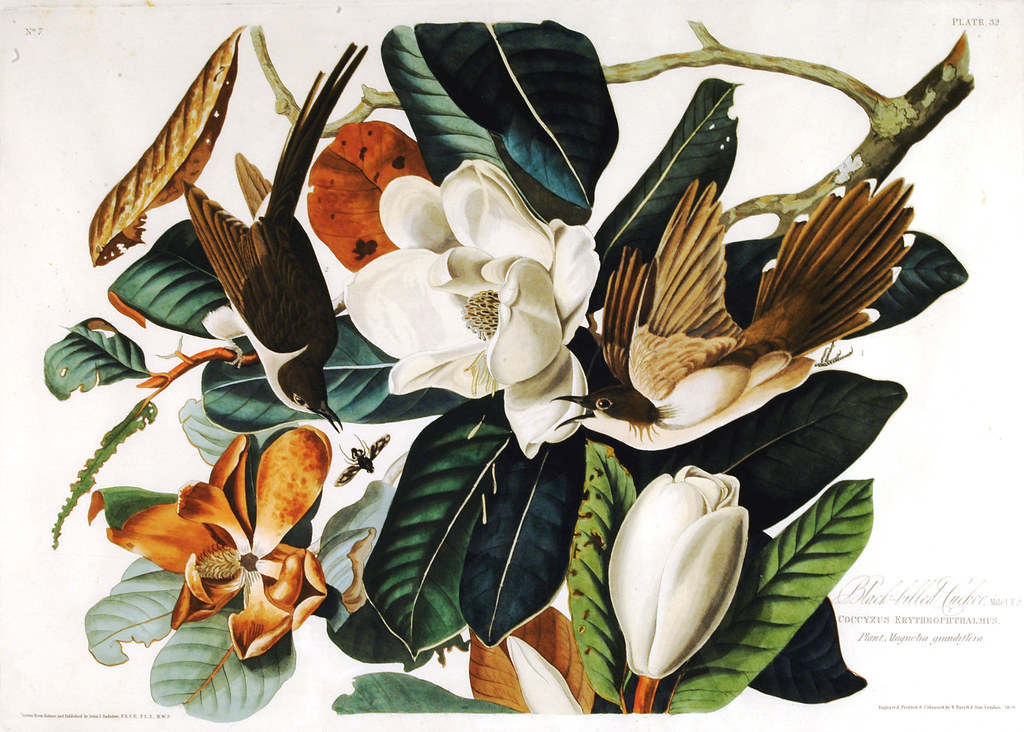

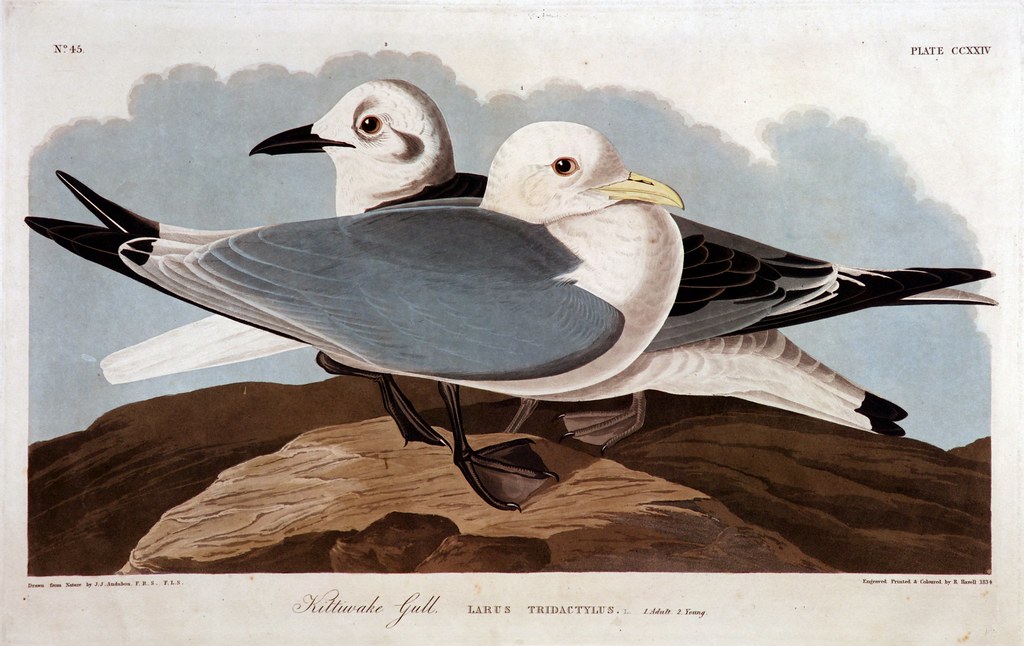
No comments:
Post a Comment